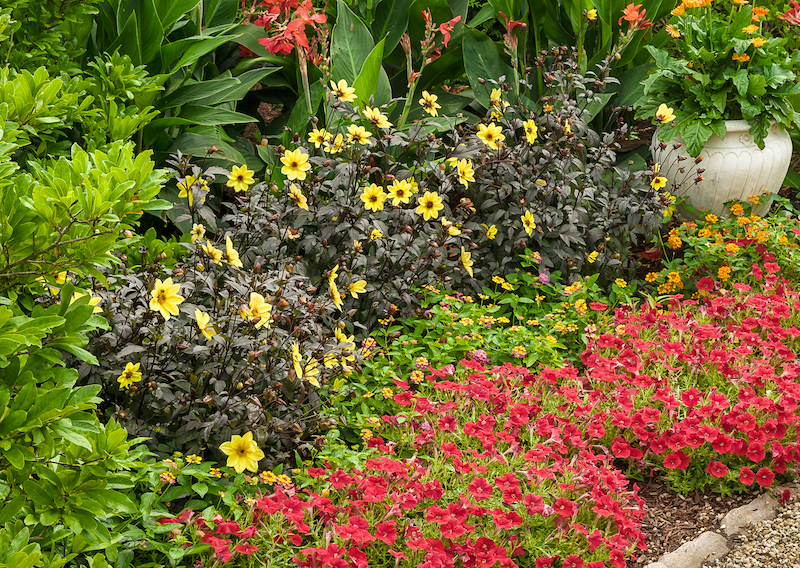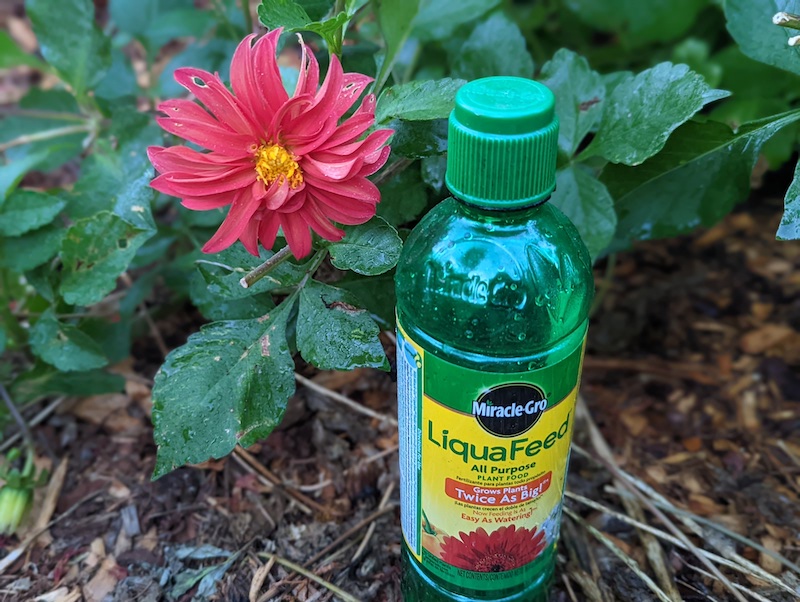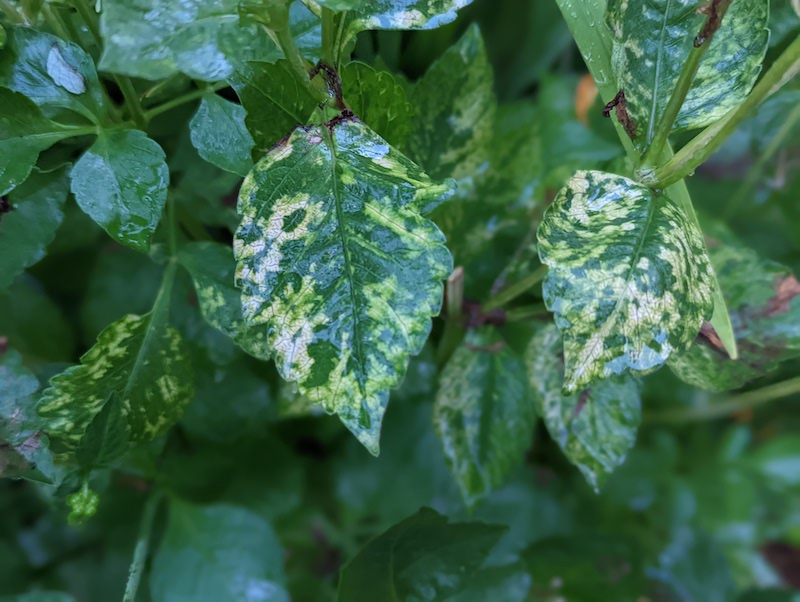No one plants Dahlias for the foliage they add to a garden landscape; we plant them for the show-stopping blooms that last most of summer! Ensuring your Dahlia plant produces the best and most beautiful blooms possible may require just a little extra work and fertilization. Dahlias tend to be heavy feeders, but their feeding regimen is not difficult to follow.

How to Fertilize Dahlias
Dahlias aren’t too picky about soil type so long as it’s well draining. They do prefer a slightly acidic pH, but they can thrive in most soil types. You could shoot for a soil pH of around 6.5 for ideal conditions. Adding soil enrichment such as compost or manure before planting and incorporating it in the soil will ensure a nutrient-rich environment as well as good drainage. Fertilizing Dahlias themselves is simple; once you’ve selected the appropriate fertilizer, simply follow the manufacturer's instructions. Be sure to water before you fertilize, so the nutrients seep into the soil.

Best Time To Fertilize Dahlias
Fertilizing Dahlias begins with selecting healthy tubers for planting. You never want to heavily fertilize any young plant as they are much more susceptible to root burn and overfertilization. Begin applying fertilizer when there are plenty of leaves on the plant. A good rule of thumb is when there are 3-4 inches of new shoots, you can begin fertilizing. Usually Dahlias need to be fertilized once a month during the growing season.

Best Fertilizer For Dahlias
Dahlias are very sensitive to nitrogen. This is why adding a natural fertilizer such as compost or manure before planting is a good and safe choice for Dahlias. The numbers on a fertilizer label represent the ratio of the major plant nutrients nitrogen-phosphorus-potassium. The best fertilizer for Dahlias would be a blooming formula with higher phosphorus and potassium than nitrogen, something that looks like “5-10-10”. Anything that has a low nitrogen level is best for Dahlias.
Dahlia Fertilizing Tips
- Try and amend your soil gently before planting
- Select a fertilizer with a lower nitrogen component
- Drooping leaves, “leggy” plants, and yellow leaves are signs of overfertilization
Warnings
-Always wear protective gloves and a face mask when handling chemical fertilizers.
-Closely follow all directions and storage guidelines that are on the fertilizer label.
 |
Author Chris Link - Published 01-24-2023 |
